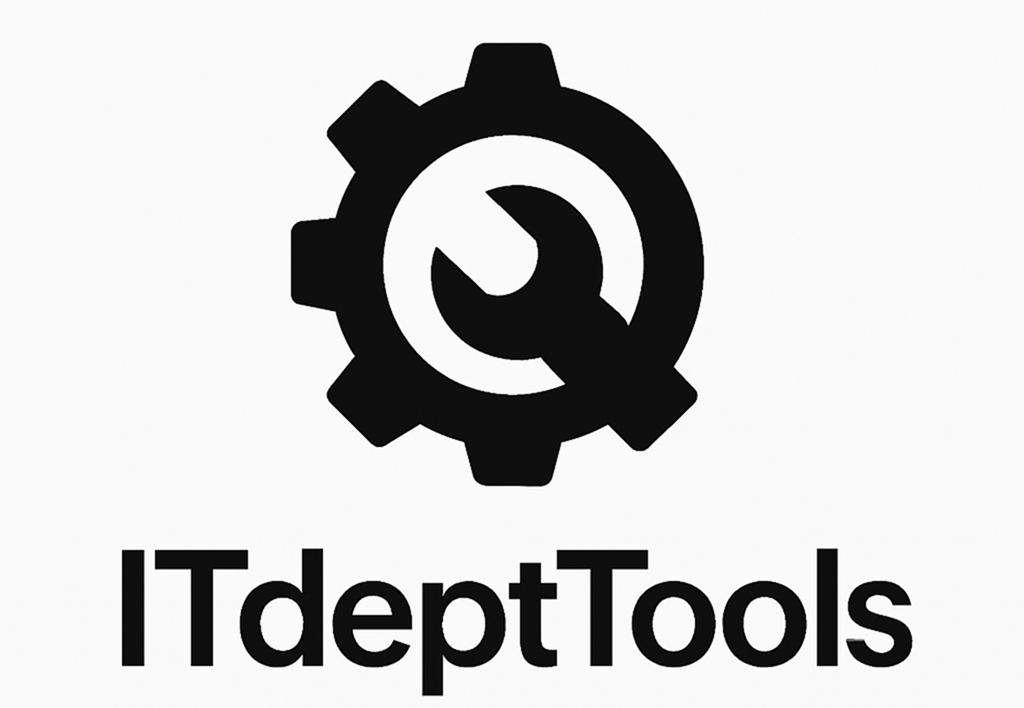LogExpert: Because Notepad Was Never Meant for Logs
Let’s be honest — we’ve all cracked open a 300MB log file in Notepad or Notepad++, hoping it wouldn’t freeze. And then came the scrolling. The search. The eternal Ctrl+F limbo. If that sounds familiar, LogExpert might just save your sanity.
It’s not trying to be a SIEM. It doesn’t care about centralized dashboards or sending alerts to Slack. What it does — and does well — is open big log files fast, let you tail them live, and highlight exactly what you’re looking for. No Java, no services. Just a fast, Windows-native log viewer that gets the job done without drama.
Why It Works (Even When the Log File Doesn’t)
| Feature | What Makes It Useful |
| Live tailing | Reads growing files in real time — perfect for watching services or debug logs |
| Highlight rules | Define your own patterns — color code errors, warnings, or custom tags |
| Bookmarks | Mark lines while reading — jump back later without losing your place |
| Columnizer | Turn log lines into structured columns using regex or delimiters |
| Filter view | Focus on what matters — isolate messages without modifying the original file |
| Search history | Remembers what you’ve searched before — saves time in long sessions |
| Plugin support | Extend with custom parsers or actions if you want to go further |
| Syslog/UDP input | Accepts log streams over network — not just for local files |
When You’ll Actually Use It
LogExpert shines when:
– You’re staring at multi-GB log dumps from a crashed Windows service
– You need to monitor logs as they’re being written in real time
– Support staff needs a tool they can install without admin rights
– You’ve got one eye on the service log and the other on the clock
– Your backend spits out verbose logs — and you just want to filter the noise
Requirements and Footprint
| Requirement | Details |
| Platform | Windows 7/10/11, Windows Server 2008+ |
| Architecture | x86 or x64 |
| RAM | 200MB+ depending on file size |
| Disk | ~20MB for installation |
| Admin rights | Not required (portable version available) |
| .NET Framework | 4.0 or higher (usually preinstalled) |
Getting It Running (No Surprises Here)
- Download LogExpert
Visit: https://github.com/zarunbal/LogExpert/releases2. Unpack or install
Use the installer, or grab the ZIP version and run LogExpert.exe directly.3. Open your first log file
Drag it in. Or use File → Open. It’ll start reading immediately, even if the file is being written to.4. Set up highlight rules
Go to Tools → Highlight Rules. Define patterns (e.g. ERROR, WARN, custom regex).5. Try columnizer mode
Enable via View → Columnizer. Useful for structured logs like CSV, Apache logs, etc.
Strengths and Limits
✅ Why admins love it:
– Instant-on and light — even on old laptops or remote desktops
– Can watch live logs without touching a CLI
– Works great for log triage during on-call or incident reviews
– Built-in bookmarking and filtering make it easy to retrace steps
⚠️ Some heads-ups:
– Windows-only — no Linux or macOS version
– Not ideal for centralized log correlation (use Graylog or Loki for that)
– Regex config in highlight/columnizer takes tweaking
– Doesn’t support multiline log entries well (e.g., stack traces)
In Short
LogExpert is the kind of tool you don’t realize you needed — until the next time you’re knee-deep in logs and Notepad++ just isn’t cutting it. It doesn’t try to do too much. It just makes log reading tolerable — even enjoyable — for Windows admins who deal with noisy, unstructured messes every day.







